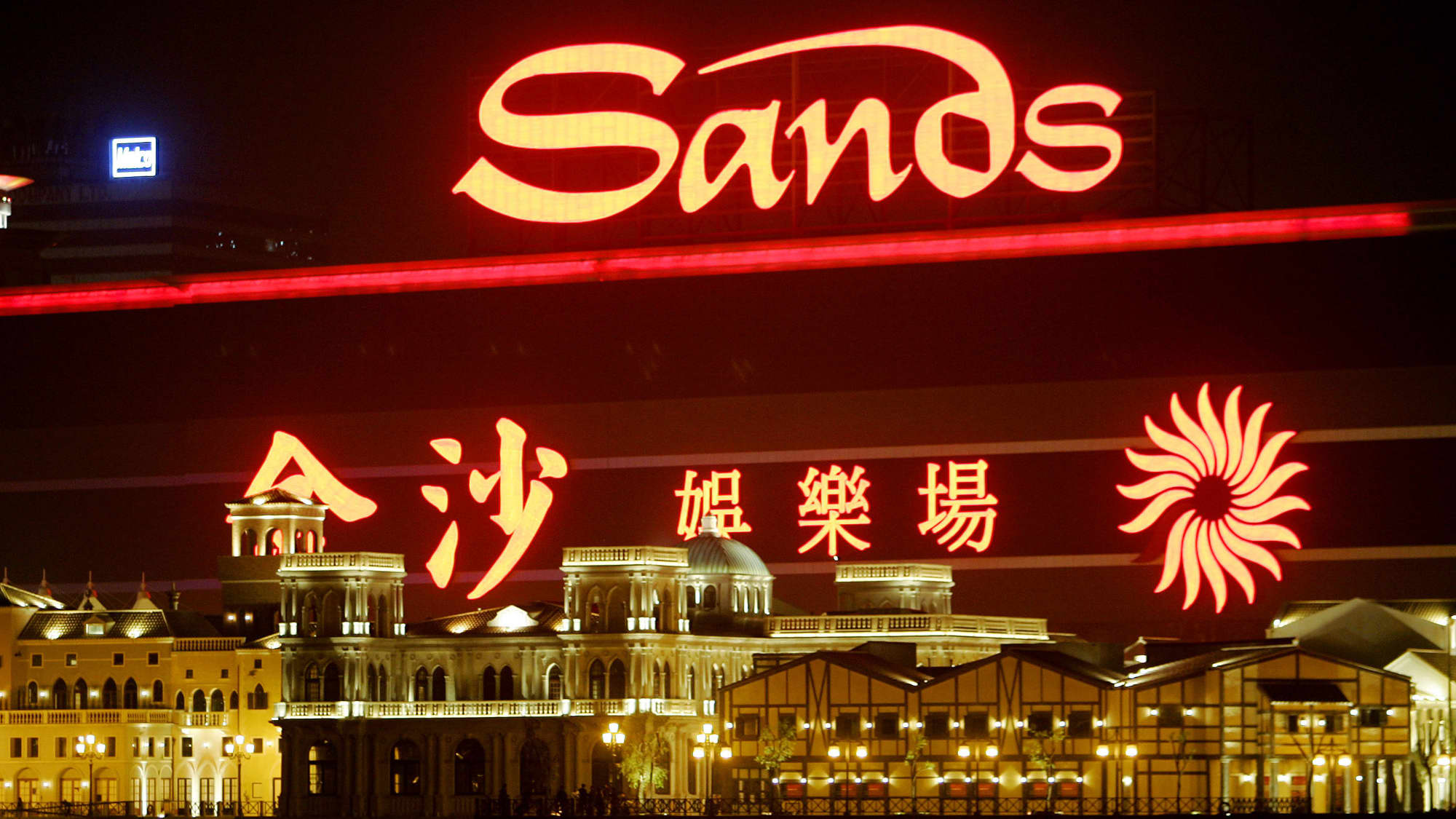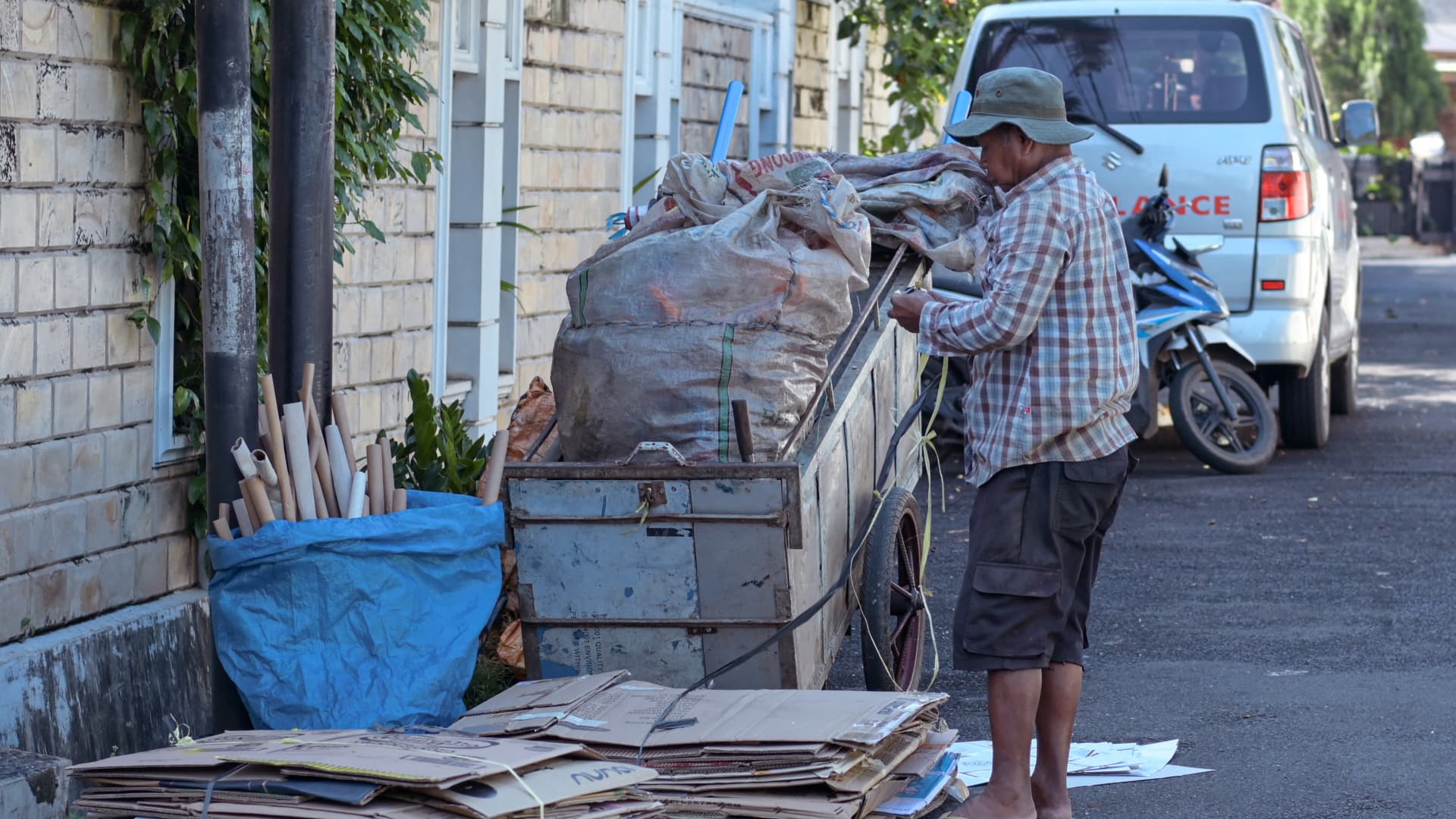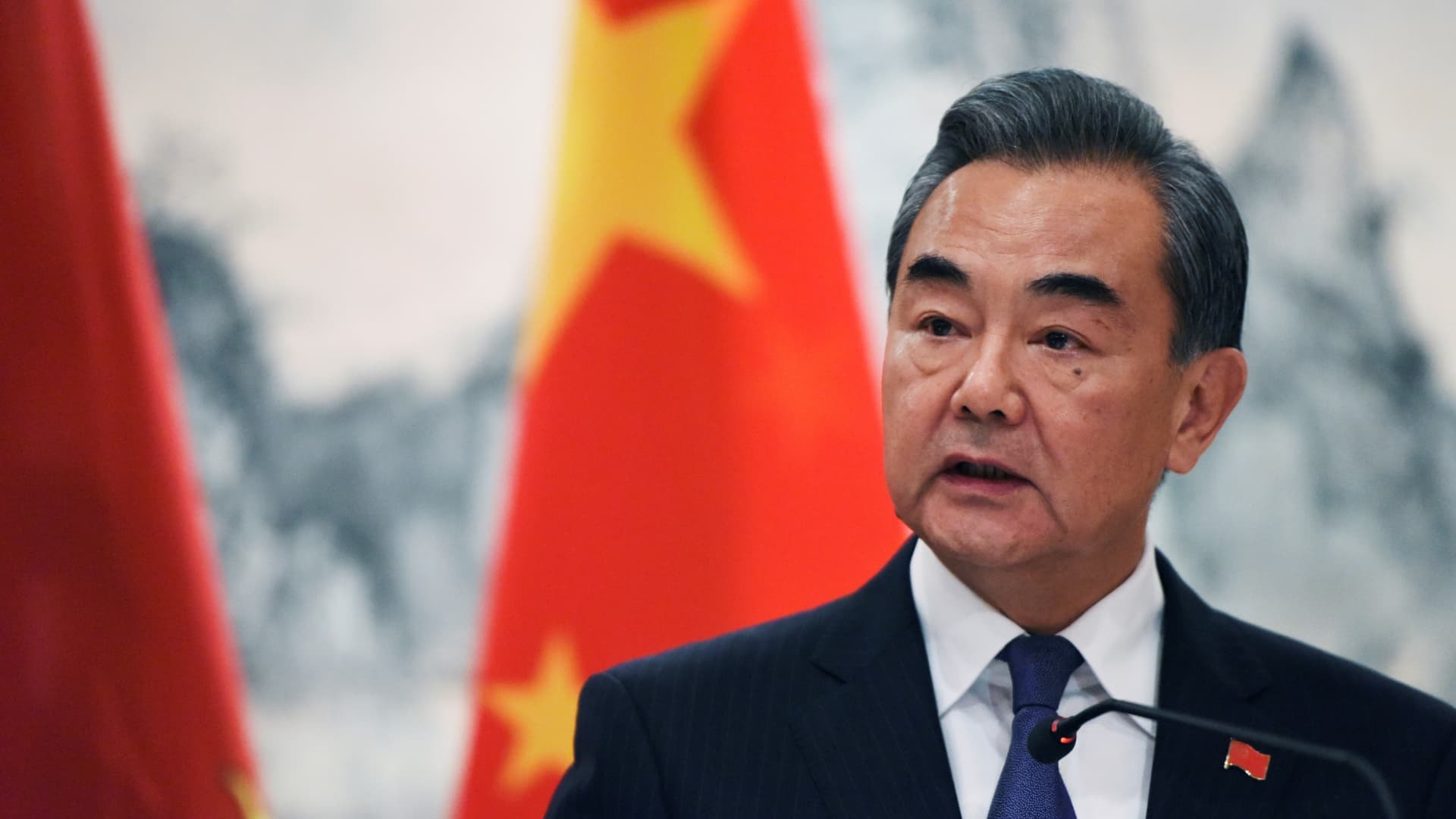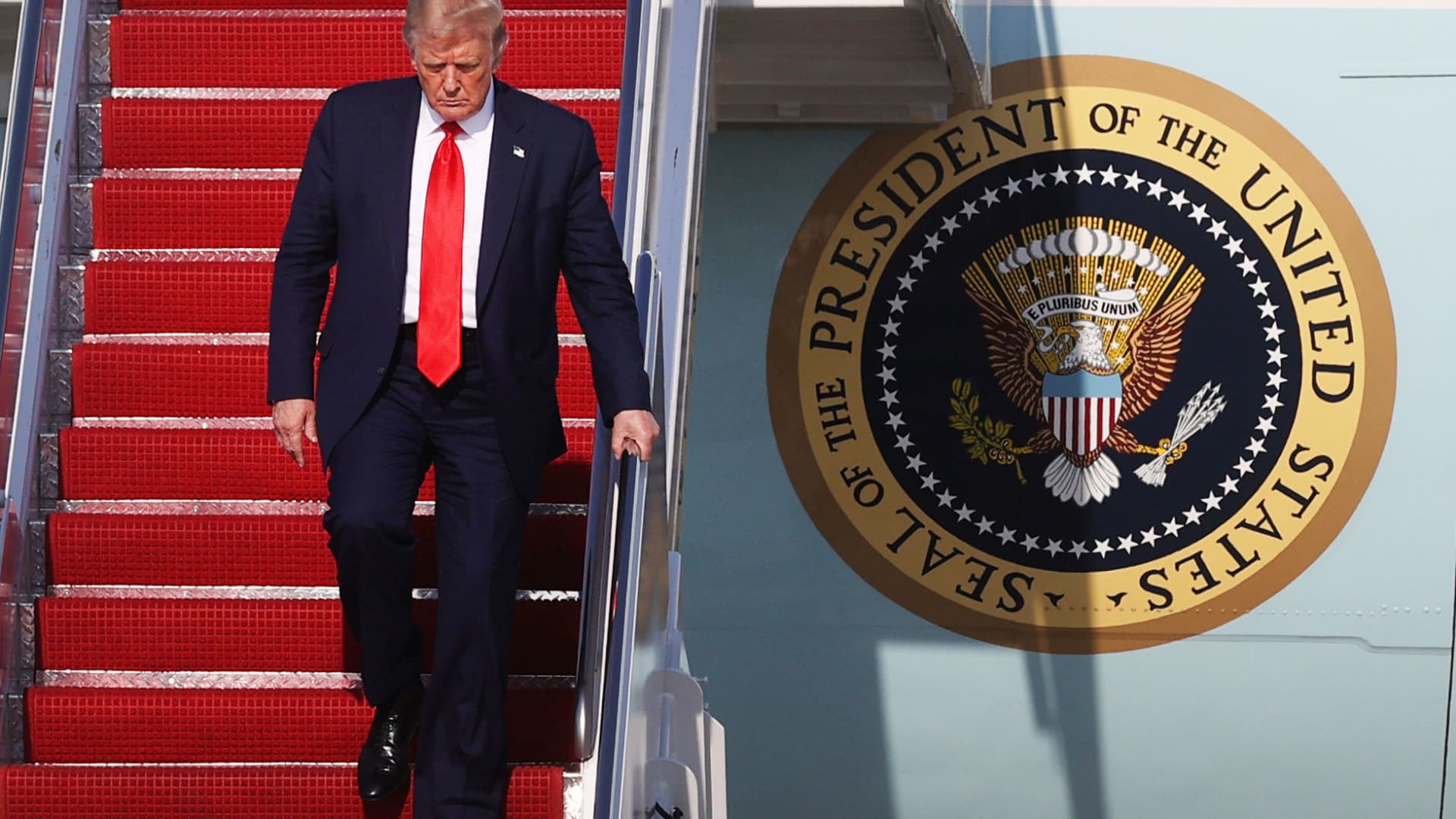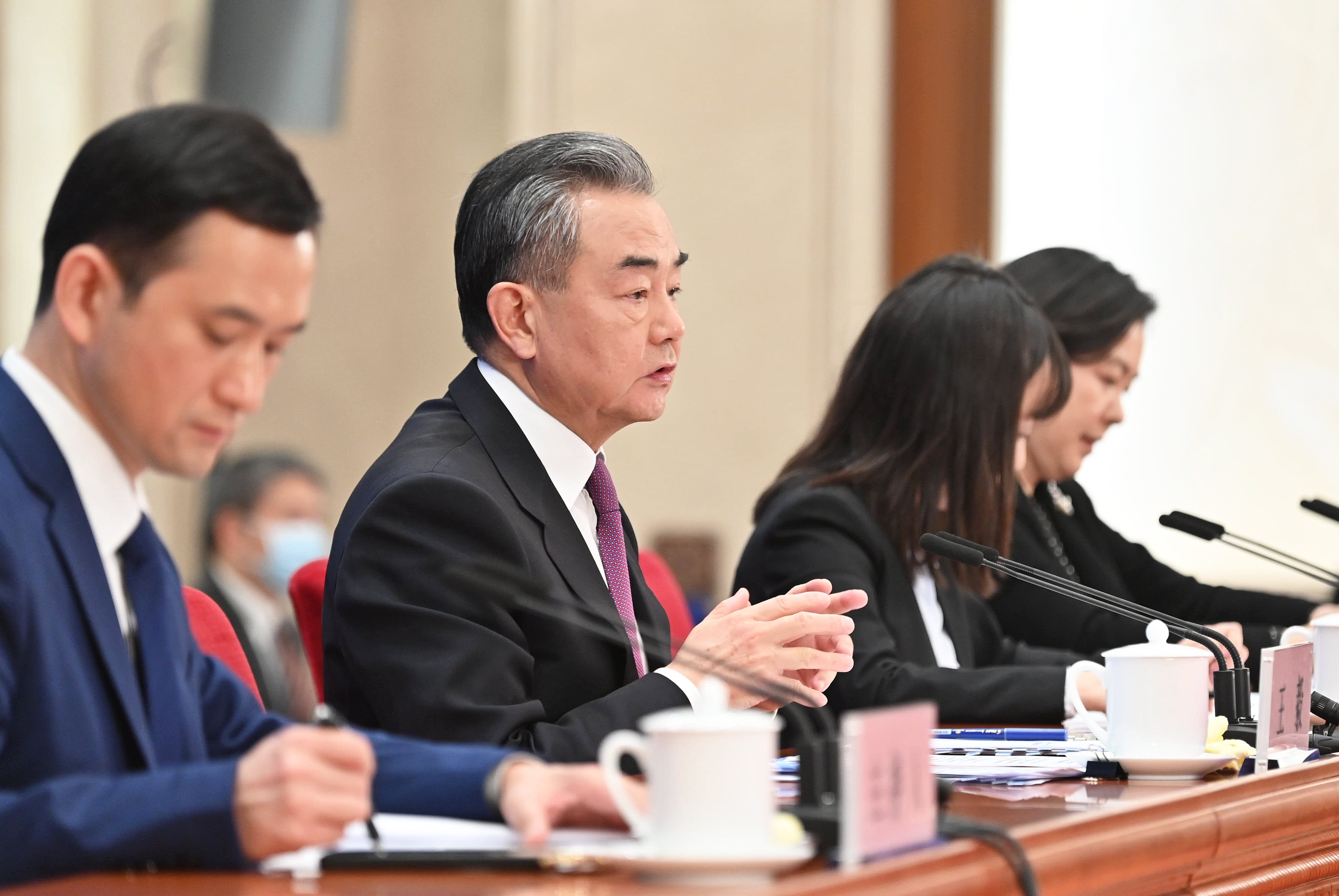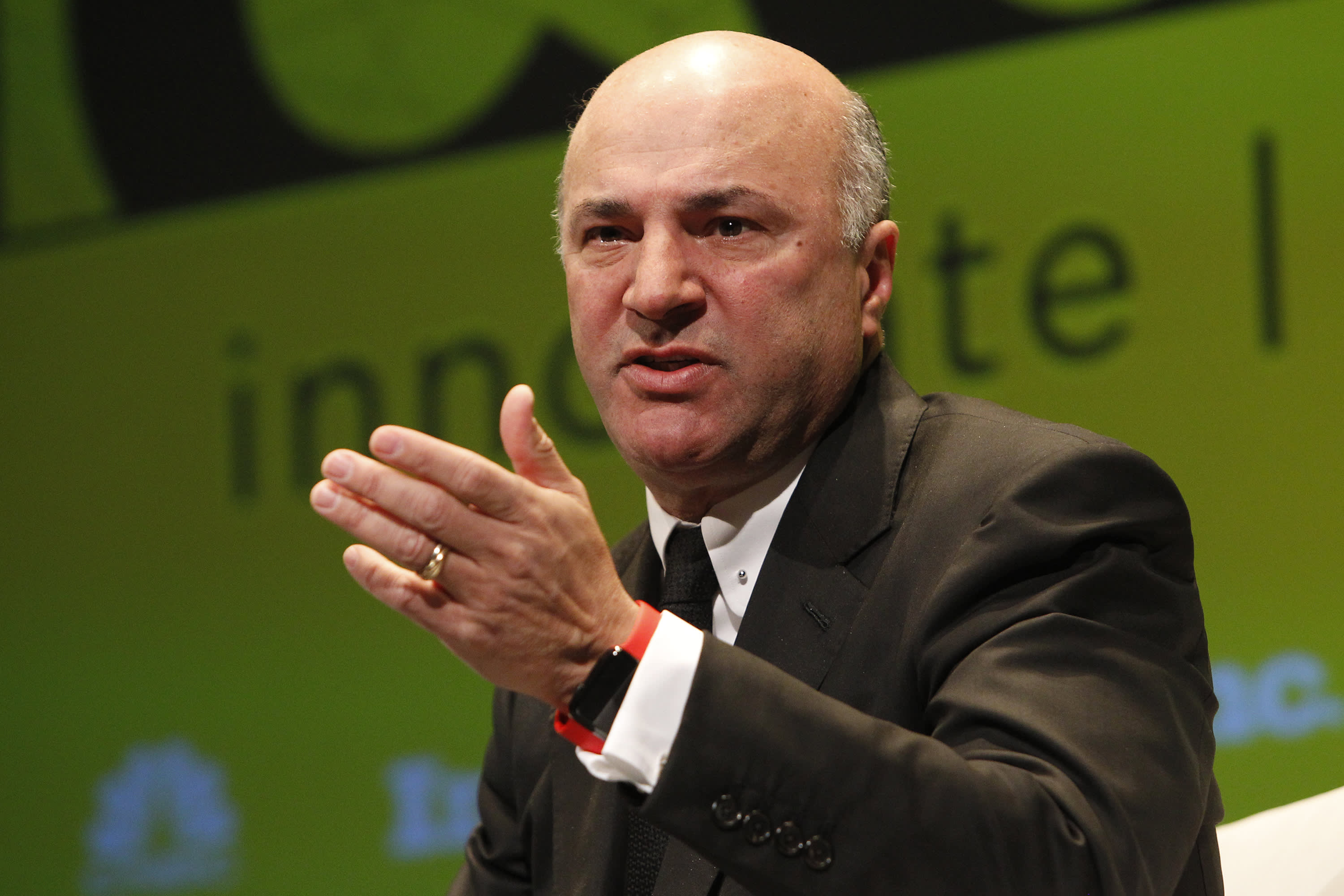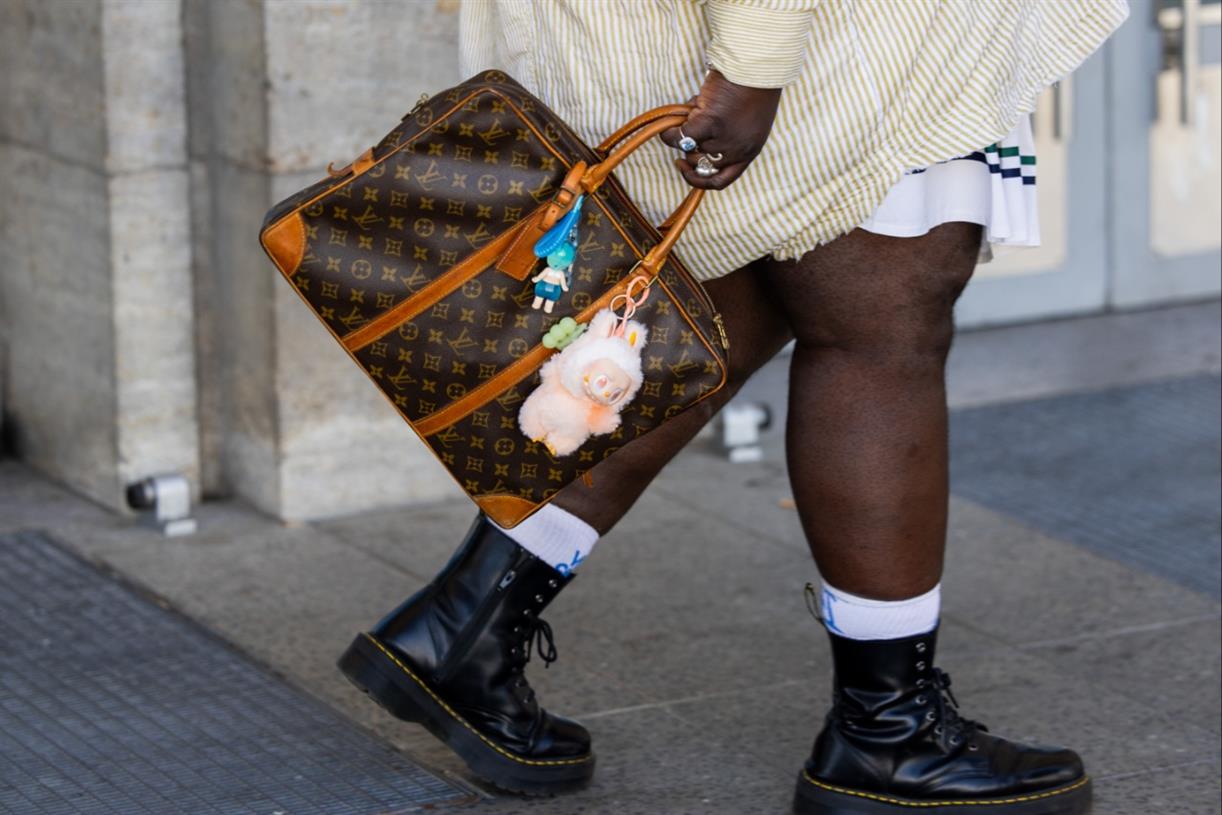China reports second-quarter GDP miss, another record high in youth unemployment
Analysts expect a faster pace than the first quarter, but it comes off a low base due to the lockdowns in Shanghai in April and May last year.
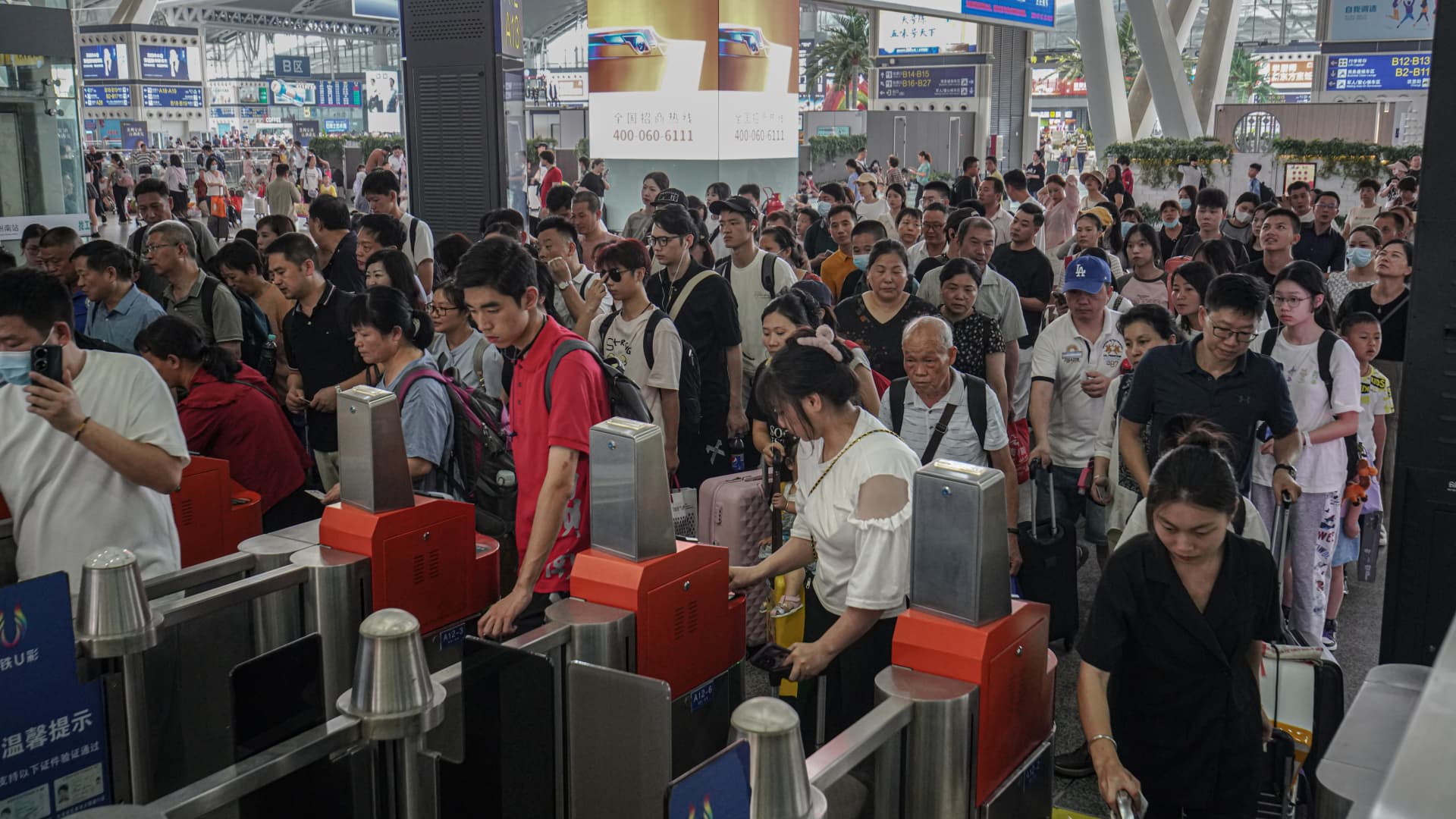
Urban residents more than doubled their tourism spending in the first half of the year to 1.98 trillion yuan ($280 billion), official data showed. Pictured here is Guangzhou South Railway Station on July 15, 2023.
Sopa Images | Lightrocket | Getty Images
BEIJING — China said Monday that second-quarter gross domestic product grew by 6.3% from a year ago, missing expectations.
The unemployment rate among young people ages 16 to 24 was 21.3% in June, a new record.
The 6.3% GDP print for the second quarter marked a 0.8% pace of growth from the first quarter, slower than the 2.2% quarter-on-quarter pace recorded in the first three months of the year. Analysts polled by Reuters had predicted a 7.3% increase in the second quarter GDP.
National Bureau of Statistics spokesperson Fu Linghui noted China faces a complex geopolitical and economic international environment. He also said China can still achieve its full-year growth target. Beijing in March set a goal of around 5% growth for 2023.
Retail sales for June rose by 3.1%, a touch below the 3.2% expected. Within retail sales, that of catering, sports and entertainment products along with alcohol and tobacco rose the most. Autos, office products and daily use goods saw sales decline in June from a year ago. Online sales of physical goods grew by 6.7% in June from a year ago, slower than in May, according to CNBC calculations of official data accessed via Wind Information.
Industrial production for June rose by 4.4% from a year ago, better than the 2.7% forecast.
Fixed asset investment for the first half of the year rose by 3.8%, better than the 3.5% predicted. Within fixed asset investment, that into real estate fell further on a year-to-date basis in June than in May. Investment in manufacturing grew at a steady pace, while growth in infrastructure investment slowed.
The unemployment rate for people in cities was 5.2% in June.
When asked about the outlook for the second half, spokesperson Fu said he expected real estate investment would remain low for the near future.
He also said youth unemployment might rise further before declining after August.
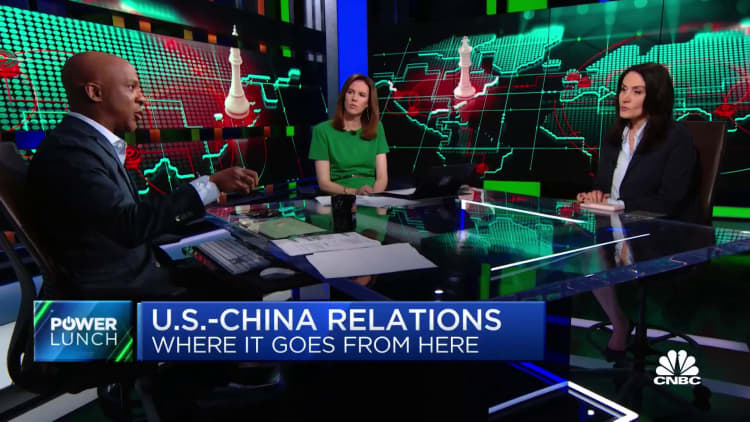
China ended its Covid-19 controls in December. An initial economic rebound has lost steam. The massive real estate sector has struggled to recover, while exports have plunged due to falling global demand.
Within China, lackluster consumer demand has led to no change in prices in June. The People's Bank of China said last week it expected a dip in July, but anticipated inflation would pick back up later this year.
Domestic travel has been a bright spot in the recovery. Urban residents more than doubled their tourism spending in the first half of the year from a year ago, to 1.98 trillion yuan ($280 billion), according to the Ministry of Culture and Tourism. However, it said rural residents' spending on travel only rose by about 40% during that time.
The combined first-half total of 2.3 trillion yuan was less than the 2.78 trillion yuan reported for the first six months of 2019, before the pandemic, official data showed.
Beijing last week said it would extend property support measures. Authorities have also announced broad support for exports. The country has also extended tax breaks for electric car purchases, a growing industry the government is keen to support.
But Beijing has otherwise shown reluctance to embark on greater stimulus, especially as local government debt has soared. A Politburo meeting expected later this month could provide more details on economic policy.
This is breaking news. Please check back for updates.

 Astrong
Astrong 